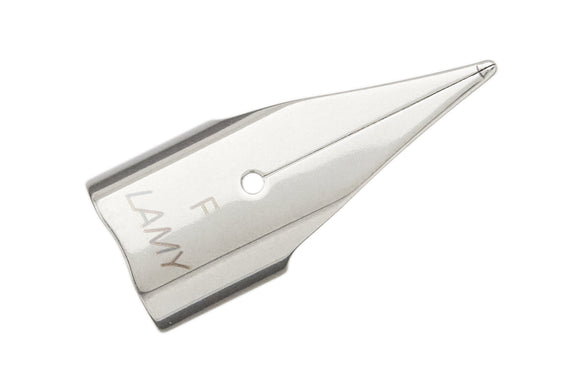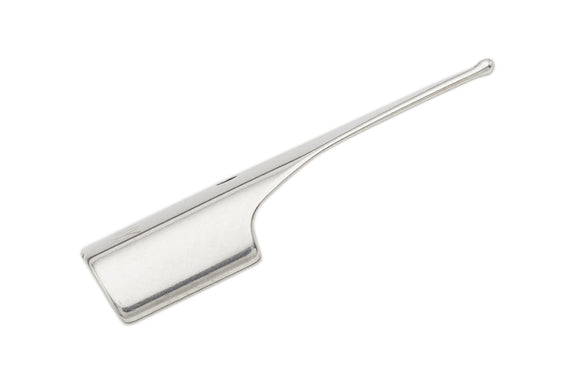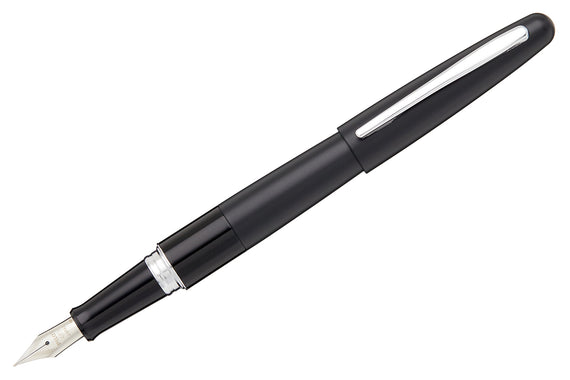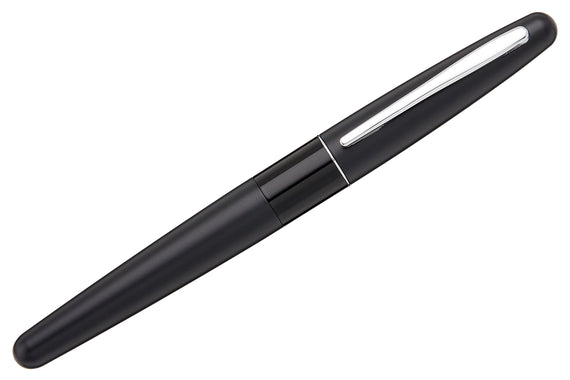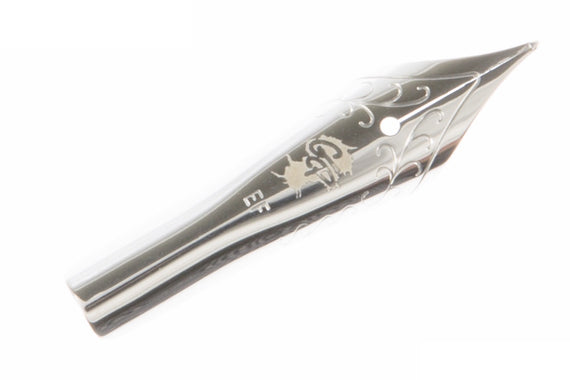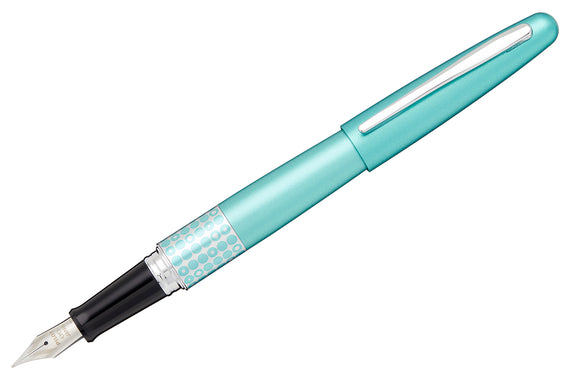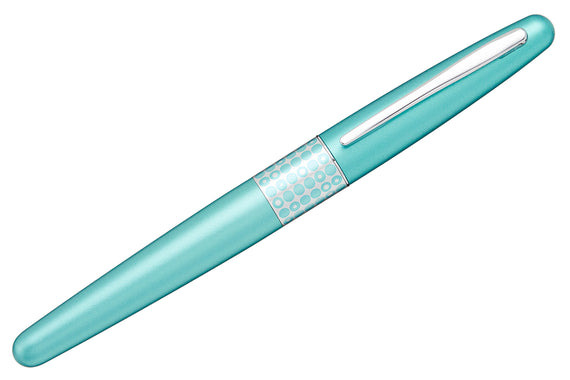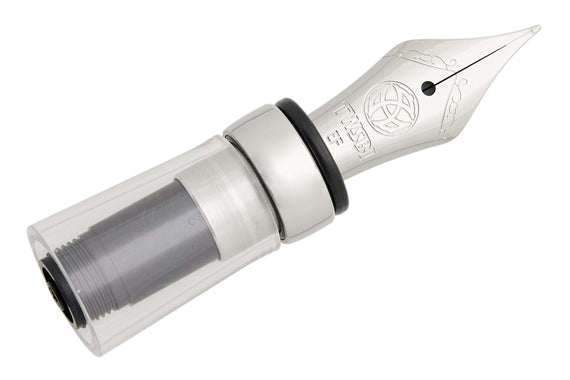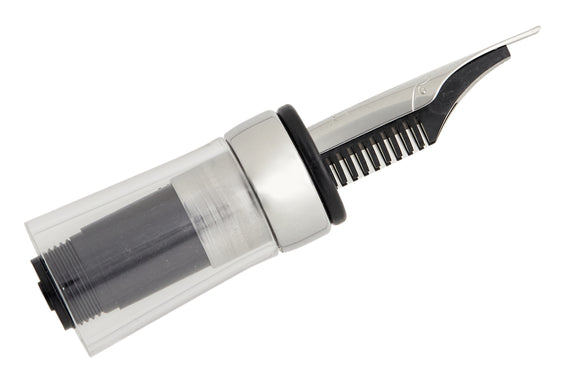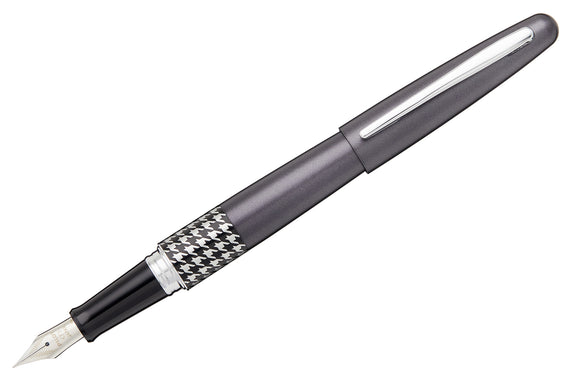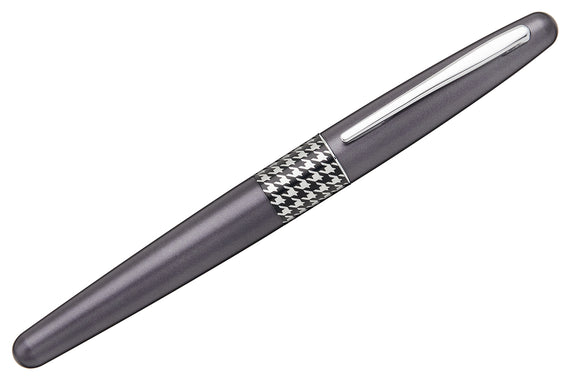How to Write with a Stub Nib
One of best things about writing with a fountain pen is the wide range of nib size options. However, it can feel overwhelming trying to learn how all of the different nibs write. I created a video called Nib Sizes and Grinds to help explain all of the different options out there.
In this video, Drew and I dig deeper into the stub nib specifically. We talk about what makes a nib a stub, the differences between the various kinds, and how to properly write with one. These nibs offer a unique writing experience, but can require a bit more effort when first learning to use them. Check out the video and read on for all that you need to know about stub nib fountain pens.
What is a stub nib?
- A nib that's ground flat on the end, unlike standard (extra-fine, fine, medium, broad) nibs that have round tipping material
- Produces a narrow line on the cross stroke, broad on the down stroke, to create a "ribbon" effect
- Mimics the look of calligraphy (without having to do anything extra!)
- Different than flex nibs, which require pressure to create variation in the line width
- Come in both steel and gold versions, depending on the pen model
What is the difference between a stub, a cursive italic, a crisp italic and an oblique nib?
- Stub – rounded edges, smooth but you sacrifice more line variation, more forgiving with regard to the angle at which the pen is held
- Cursive Italic – slightly more rounded edges, smoother than crisp but still with distinct, clear line variation
- Crisp Italic (or true italic) – very sharp edges, gives the cleanest definition of thin/broad strokes
- Oblique – stub nib that's ground at an angle (left or right) to compensate for specific hand angles, not widely available today, more of a vintage thing
Top things to know for writing with a stub nib fountain pen:
- No extra pressure is necessary when writing with these nibs. If you're having to press harder, it could mean there's an alignment issue
- The writing angle is more important than a standard nib. A slight twist to the right or to the left could cause issues
- Keeping the nib flat on the paper at all times will ensure a consistent flow of ink
- Misalignment of the tines may be felt more in a more pronounced way than standard nibs that compensate with rounded tipping material
- Baby's bottom: an over-smoothing of the underside of the tines that can lead to flow issues; more common on gold nibs
Summary
Writing with a stub nib can take some practice and some getting used to. These nibs are unique, so don't be surprised if you have to change up your writing angle when using one.
Be sure to give yourself some time to learn how to write with them. It is a bit of a different experience from writing with more standard nib sizes such as extra-fine, fine, medium, or broad, but once you get the hang of it, it can be very rewarding.
With the right pen, nib, ink, and paper combination you will soon be getting that satisfying "ribbon" effect which is reminiscent of calligraphy but without the time and effort required to learn that specific skill.

